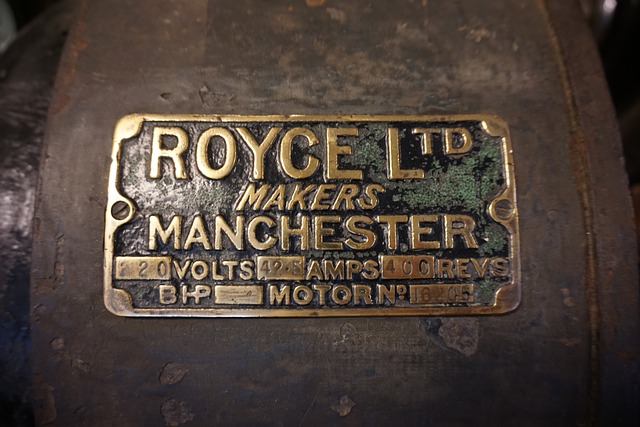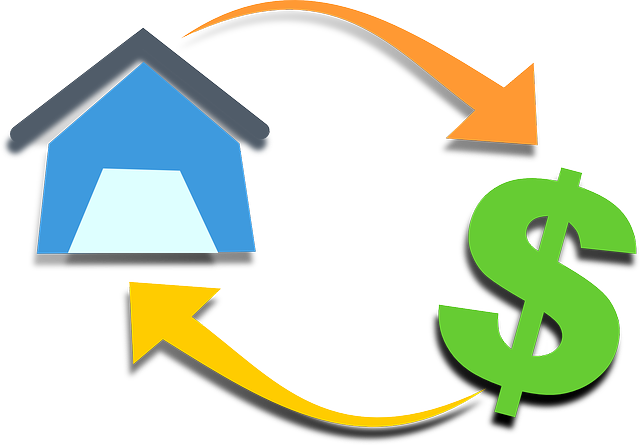In real estate, conventional mortgages provide flexible terms with competitive rates, allowing borrowers to choose from various loan durations for personalized financial management. These options cater to investors and homeowners seeking stability, predictability, and long-term security while balancing current affordability against future goals.
In the dynamic landscape of real estate, understanding conventional mortgages with flexible terms can empower borrowers. This article delves into the fundamentals and advantages of these loans, exploring how customizable term lengths directly affect repayment strategies and eventual ownership. Whether you’re a first-time buyer or looking to refinance, navigating these options is crucial for making informed decisions in today’s market. Uncover the intricacies and make your journey to homeownership smoother.
Understanding Conventional Mortgages: Basics and Benefits

In the real estate world, conventional mortgages serve as a cornerstone for buyers seeking homeownership. These loans are not insured or guaranteed by any government agency, such as FHA or VA loans, but rather rely on the borrower’s creditworthiness and the value of the property as collateral. The primary advantage lies in their favorable terms, offering competitive interest rates and flexible repayment options. This flexibility allows borrowers to choose a loan term that aligns with their financial goals, from shorter 15-year terms for those wanting to pay off their mortgage quickly to longer 30-year options for more manageable monthly payments.
This type of mortgage is a popular choice as it provides stability and predictability for both lenders and borrowers. With conventional loans, interest rates can be fixed or adjustable, offering security in knowing future payment amounts (with fixed rates) or potential savings if market rates drop (with adjustable rates). This versatility makes them an attractive option for real estate investors and homeowners seeking long-term financial peace of mind.
Flexibility in Terms: Options and Customization for Borrowers

In the realm of real estate, flexibility is a highly sought-after trait, and conventional mortgages with adjustable terms reflect this demand. Borrowers now have more customization options than ever before, allowing them to tailor their loan to suit their unique financial needs and goals. One of the key advantages lies in the ability to choose from various term lengths, offering both short-term and long-term stability.
This flexibility enables individuals to align their mortgage payments with their income patterns. For instance, a borrower with an unpredictable income stream might opt for a shorter term, ensuring manageable monthly installments. Conversely, someone planning for a stable financial future could select a longer term to reduce the overall interest paid over time. Such customization ensures that real estate aspirations are within reach, providing borrowers with the power to navigate their financial journey with confidence.
Choosing the Right Term Length: Impact on Payments and Ownership

When considering a conventional mortgage with flexible terms, one of the most crucial decisions is choosing the right term length. This choice significantly influences both your monthly payments and overall home ownership experience. A shorter term, such as 15 or 20 years, typically results in higher monthly payments but reduces total interest paid over the life of the loan. This can be advantageous for those looking to pay off their mortgage quicker and minimize the amount of interest they accrue.
On the other hand, opting for a longer term, like 30 years, lowers monthly payments, making homeownership more affordable in the short term. However, borrowers end up paying more in interest over the long run. In real estate, understanding this trade-off is essential as it allows homeowners to balance their current financial needs with future goals, ultimately shaping their path to full ownership.






